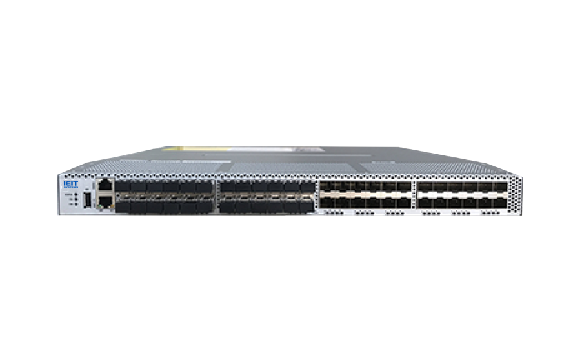The site uses Cookies. When you continue to browse the site, you are agreeing our use of Cookies.
Read our privacy policy>
![]()
- Products
- Solutions
- Support
- Joint Innovation Platform
- About Us
title
- meta brain® General Purpose Servers
- meta brain® Artificial Intelligence Servers
- meta brain® Edge Computing Servers
- Storage
- Edge computing and the Internet of Things
- Data storage and Management
title
-
Rack and Tower ServersRack-scale ServersMulti-node Servers
-
AI ServersAI Software
-
Edge ServersEdge MicroserversPortable Al ServersEdge Micro-Centers
-
Storage>>All Flash StorageHybrid Flash StorageFiber SwitchSSDs
Rely on customer test center, provide customers and partners with convenient testing resources……
How To Buy >>
Contact The Dealer To Purchase>>
If you would like to inquire about products or solutions by phone, please call: 400-691-8711
Partners >>
Provide global customers with advanced AI computing power, complete software framework and mature demo demonstrations






